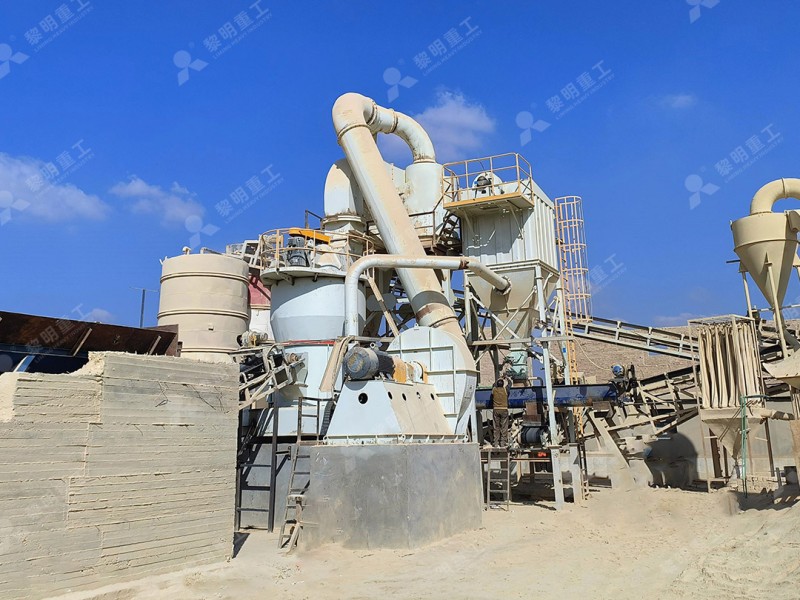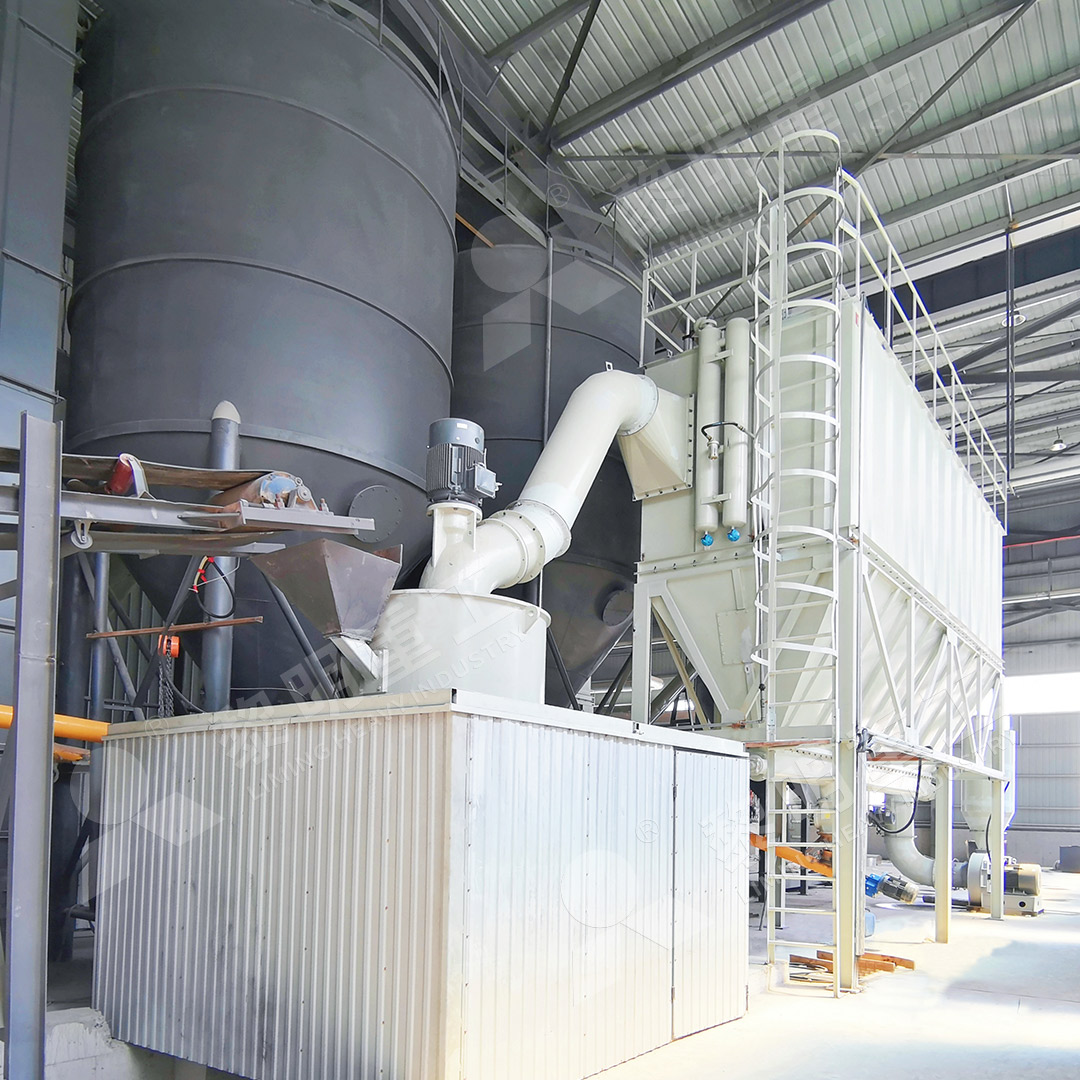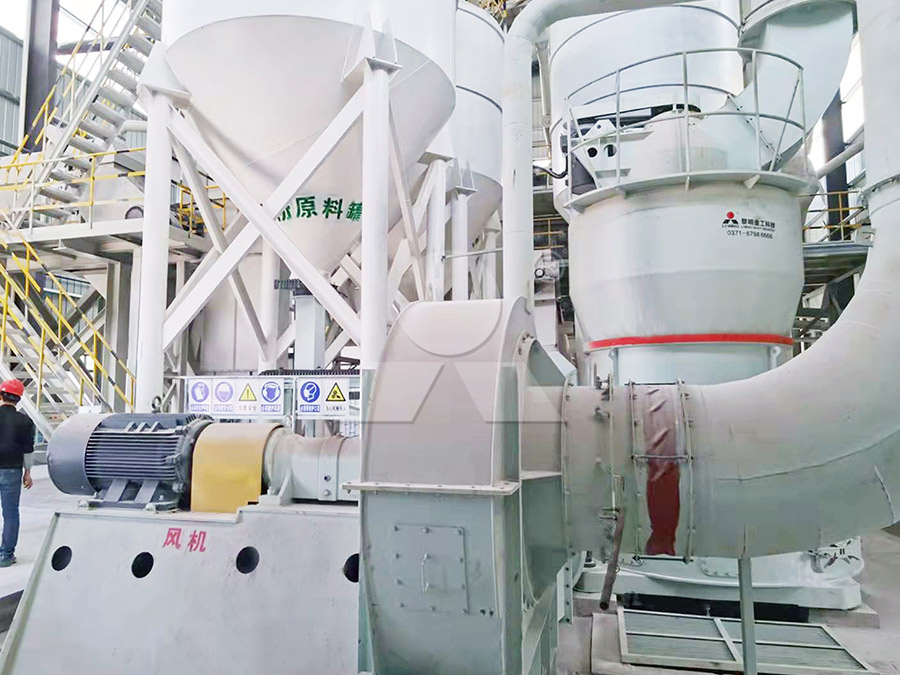Limestone Grinding Mill Machine Price Guide and Factors
Understanding the Cost Factors in Limestone Grinding Equipment
When investing in limestone grinding machinery, professionals across industries recognize that the initial purchase price represents just one component of the total cost of ownership. A comprehensive evaluation requires understanding how various technical specifications, operational parameters, and long-term performance characteristics influence both upfront and ongoing expenses.

Key Determinants of Grinding Mill Pricing
Several critical factors directly impact limestone grinding mill costs. Production capacity requirements represent the most significant consideration, with machines ranging from small-scale operations processing 0.5 tons per hour to industrial systems handling over 300 tph. The relationship between capacity and price isn’t linear—higher capacity mills typically offer better value per ton processed but require greater capital investment.
Fineness requirements substantially influence equipment selection and cost. Standard applications might require 325-mesh powder, while specialized industries need ultra-fine products reaching 2500 meshes. Achieving higher fineness demands more sophisticated separation technology and precision engineering, increasing both initial investment and operational complexity.
Energy consumption represents one of the most substantial operational expenses. Modern grinding technologies have made remarkable strides in efficiency, with some advanced mills consuming 30-50% less power than conventional designs. When evaluating prices, consider the long-term savings from reduced electricity consumption against potentially higher upfront costs.
Technical Considerations Beyond Price Tags
The grinding mechanism itself significantly affects both performance and maintenance costs. Traditional ball mills, while having lower initial costs, typically consume more energy and require frequent maintenance. Vertical roller mills and trapezium mills offer improved efficiency but command higher purchase prices.
Dust collection and noise reduction systems contribute to equipment costs but are essential for regulatory compliance and worker safety. Modern mills integrate sophisticated pulse dust collectors and silencing technology, eliminating additional expenses for separate environmental control systems.

Advanced Solutions for Specific Applications
For operations requiring ultra-fine limestone powder with precise particle distribution, the MW Ultrafine Grinding Mill presents an exceptional solution. With capacity ranging from 0.5 to 25 tph and the ability to produce powder between 325-2500 meshes, this machine incorporates German powder separation technology for remarkable precision. Its innovative design eliminates rolling bearings and screws from the grinding chamber, substantially reducing maintenance concerns and downtime. The integrated pulse dust collector ensures environmentally compliant operation while the external lubrication system enables continuous 24-hour production.
Another noteworthy option for high-volume operations is the LUM Ultrafine Vertical Grinding Mill, which processes 5-18 tph with input sizes up to 10mm. This mill features unique roller shell and lining plate grinding curves that promote efficient material layer formation, delivering higher whiteness and cleanliness in finished products. Its double position-limiting technology provides exceptional operational stability, while the reversible structure simplifies maintenance procedures.
Long-Term Value Considerations
Beyond the initial purchase price, savvy operators evaluate wear part longevity, maintenance accessibility, and spare parts availability. Machines with easily replaceable wearing components and straightforward maintenance procedures typically deliver lower lifetime costs despite potentially higher initial investment.
Operational flexibility also contributes to long-term value. Mills that can efficiently process various materials beyond limestone—including calcite, dolomite, barite, and other non-metallic minerals—provide greater utility and return on investment for operations with diverse production requirements.

Making an Informed Investment Decision
The optimal limestone grinding mill balances performance requirements with budget constraints while considering total cost of ownership. Consult with equipment specialists to match your specific production needs, space limitations, and operational preferences with the appropriate technology. Request detailed operational cost projections that account for energy consumption, maintenance schedules, and expected wear part replacement cycles.
Frequently Asked Questions
What is the typical price range for a limestone grinding mill?
Prices vary significantly based on capacity and technology, ranging from tens of thousands for small Raymond mills to several hundred thousand dollars for high-capacity vertical roller mills. Specific quotations require detailed application analysis.
How does fineness requirement affect equipment cost?
Higher fineness requirements (above 1000 meshes) typically increase costs by 15-30% due to more sophisticated separation systems and precision engineering requirements.
What operational costs should I consider beyond the purchase price?
Key operational expenses include energy consumption (typically 30-60% of operating costs), wear part replacement, maintenance labor, and dust collection system operation.
How long does installation and commissioning typically take?
Depending on mill size and complexity, installation ranges from 2-8 weeks, including foundation preparation, mechanical installation, electrical connection, and system calibration.
What warranty and support options are typically available?
Reputable manufacturers offer 12-24 month warranties on major components, with technical support services and genuine spare parts programs to ensure operational continuity.
